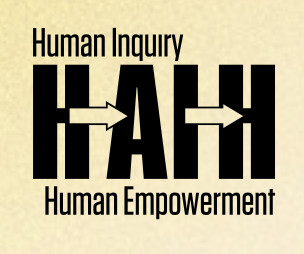Introducing the CARE Framework for OER Stewardship
Doug Levin
MARCH 5, 2018
In a post of nearly two years ago (“ OERwashing: Beyond the Elephant Test “), I argued that the OER community lacked a reliable way to assess new entrants to the OER field, especially for-profit organizations, in terms of their support for openness and OER community values. Petrides, L., and Watson, C.E.







































Let's personalize your content